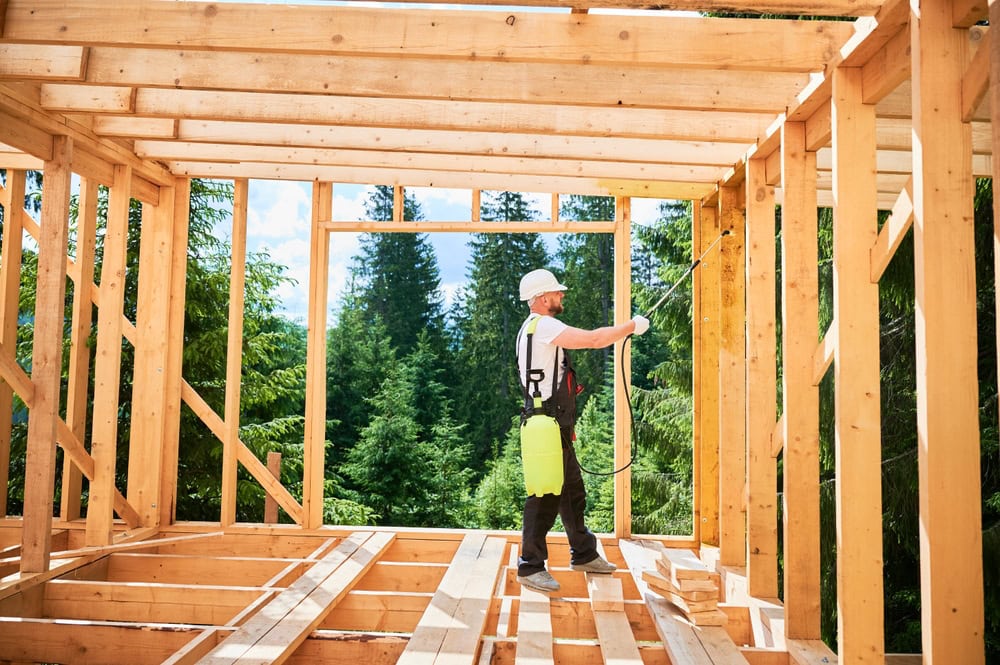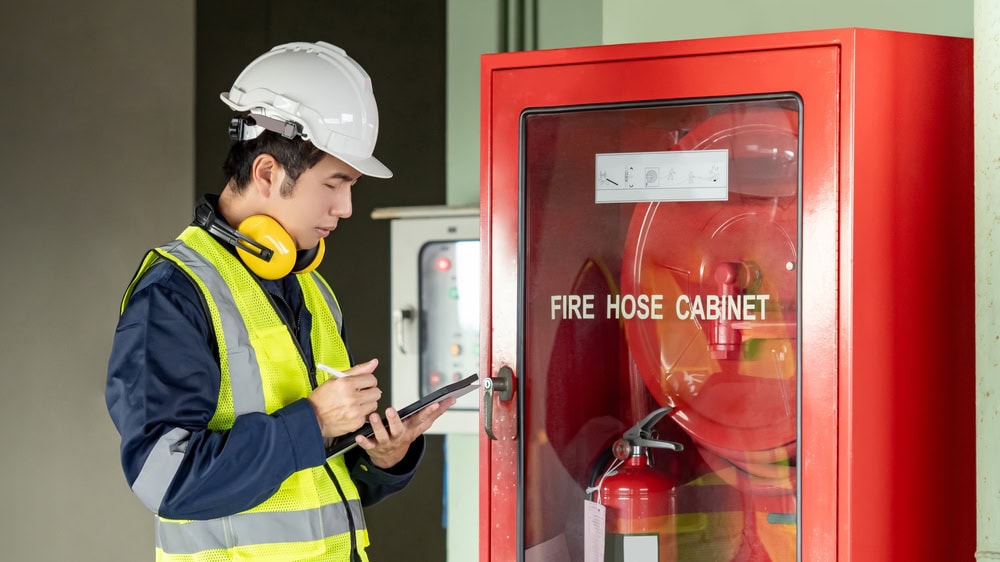What the 2025 Code Updates Mean for Your Trade Exam Questions
If you are planning to test in 2025 and beyond, the code updates behind California’s 2025 Building Standards and new CSLB rules are already shaping the questions you will see on your trade exam. As a California contractor prep school, the goal here is to help you understand how these changes translate into real exam … Read more










